I have the following image 
I'm trying to find the pixel coordinates of main rectangles (those between white lines). I tried few things but I can't obtain good enough solution. The solution doesn't have to be perfect and it's ok if not all rectangles are detected (especially those really small ones). Though corners location will have to be as much exact as possible, especially with those bigger blurry (I'm trying to write some simple AR engine).
I can clarify there are only 4 levels of grayscale: 0, 110, 180 and 255 (when printing, no screen it will vary because of lightning and shadows)
So far I tried few things:
- manual multilevel thresholding (because of shadows and different lightning it didn't work)
- adaptive thresholding : 2 problems:
- it combines 180 and 255 colors into white, and 0, 110 into black
- edge/corner location of blurred(bigger) rectangles is not exact (it adds blur to rectangle area)
- sobel edge detection (corners of blurred rectangles are more sharp, but it detects also inner edges in rectangles, also those edge contours are not always closed
Looks like combining those two thinks somehow would yield better results. Or maybe somebody have different idea?
I was also thinking about doing floodfill, but it was hard to find for sure good seed point and threshold automatically (there might be some other white objects in the background). Besides I will want to optimize later this for GPU and floodfill algorithm is rather not a good fit for this.
Below is some sample code I tried so far:
image = cv2.imread('data/image.jpg');
gray = cv2.cvtColor(image,cv2.COLOR_BGR2GRAY)
cv2.imshow('image', gray)
adaptive = cv2.adaptiveThreshold(gray, 255, cv2.ADAPTIVE_THRESH_GAUSSIAN_C, cv2.THRESH_BINARY, 601, 0)
cv2.imshow('adaptive', adaptive)
gradx = cv2.Sobel(gray, ddepth=cv2.CV_32F, dx=1, dy=0, ksize=3)
grady = cv2.Sobel(gray, ddepth=cv2.CV_32F, dx=0, dy=1, ksize=3)
abs_gradx = cv2.convertScaleAbs(grady)
abs_grady = cv2.convertScaleAbs(grady)
grad = cv2.addWeighted(abs_gradx, 0.5, abs_grady, 0.5, 0)
kernel = cv2.getStructuringElement(cv2.MORPH_CROSS,(5,5))
grad = cv2.morphologyEx(grad, cv2.MORPH_OPEN, kernel)
grad = cv2.morphologyEx(grad, cv2.MORPH_CLOSE, kernel)
cv2.imshow('sobel',grad)
#kernel = cv2.getStructuringElement(cv2.MORPH_CROSS,(7,7))
#grad = cv2.morphologyEx(grad, cv2.MORPH_OPEN, kernel)
retval, grad = cv2.threshold(grad, 10, 255, cv2.THRESH_BINARY)
cv2.imshow('sobel+morph+thrs',grad)
cv2.waitKey()
